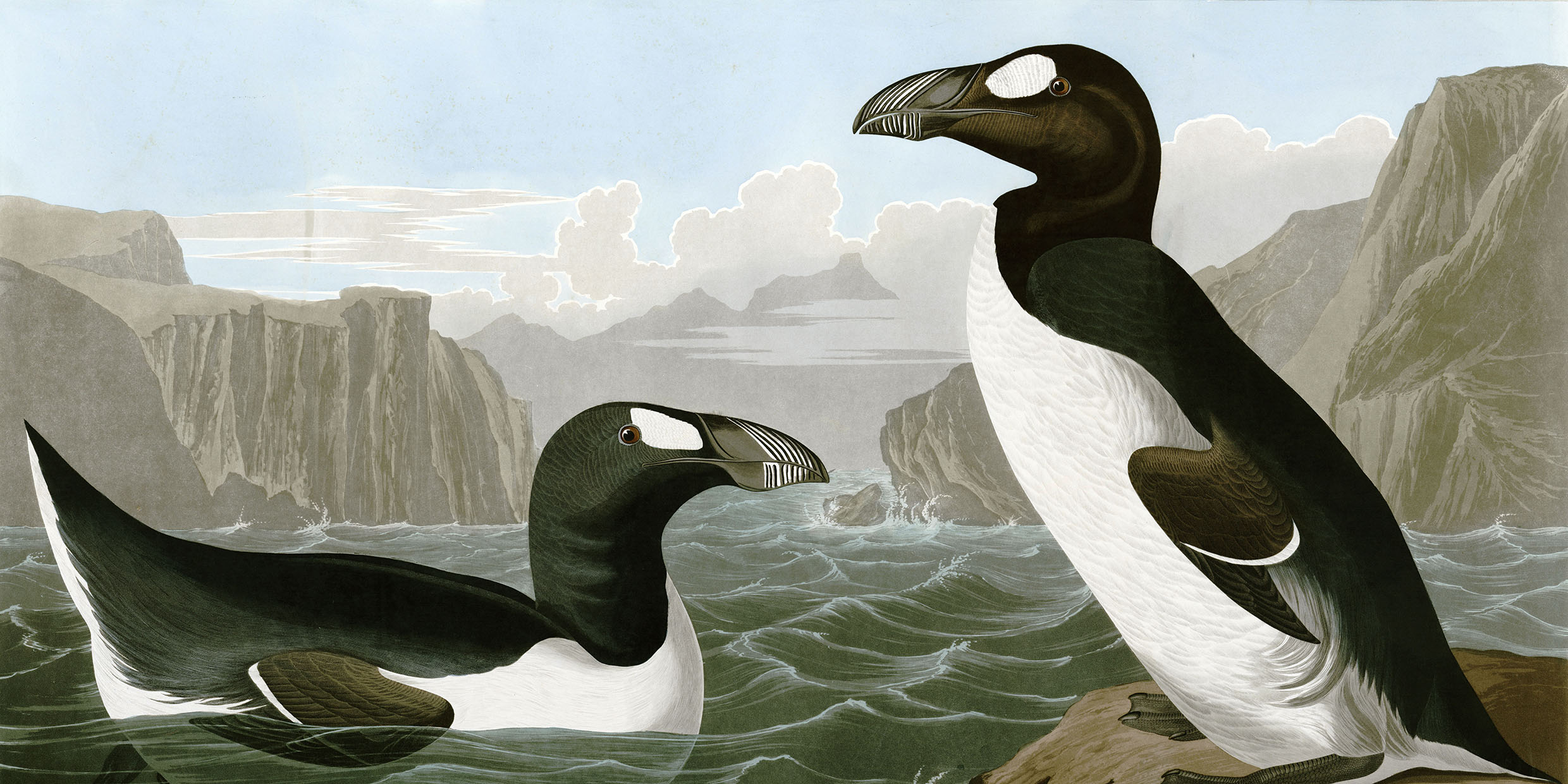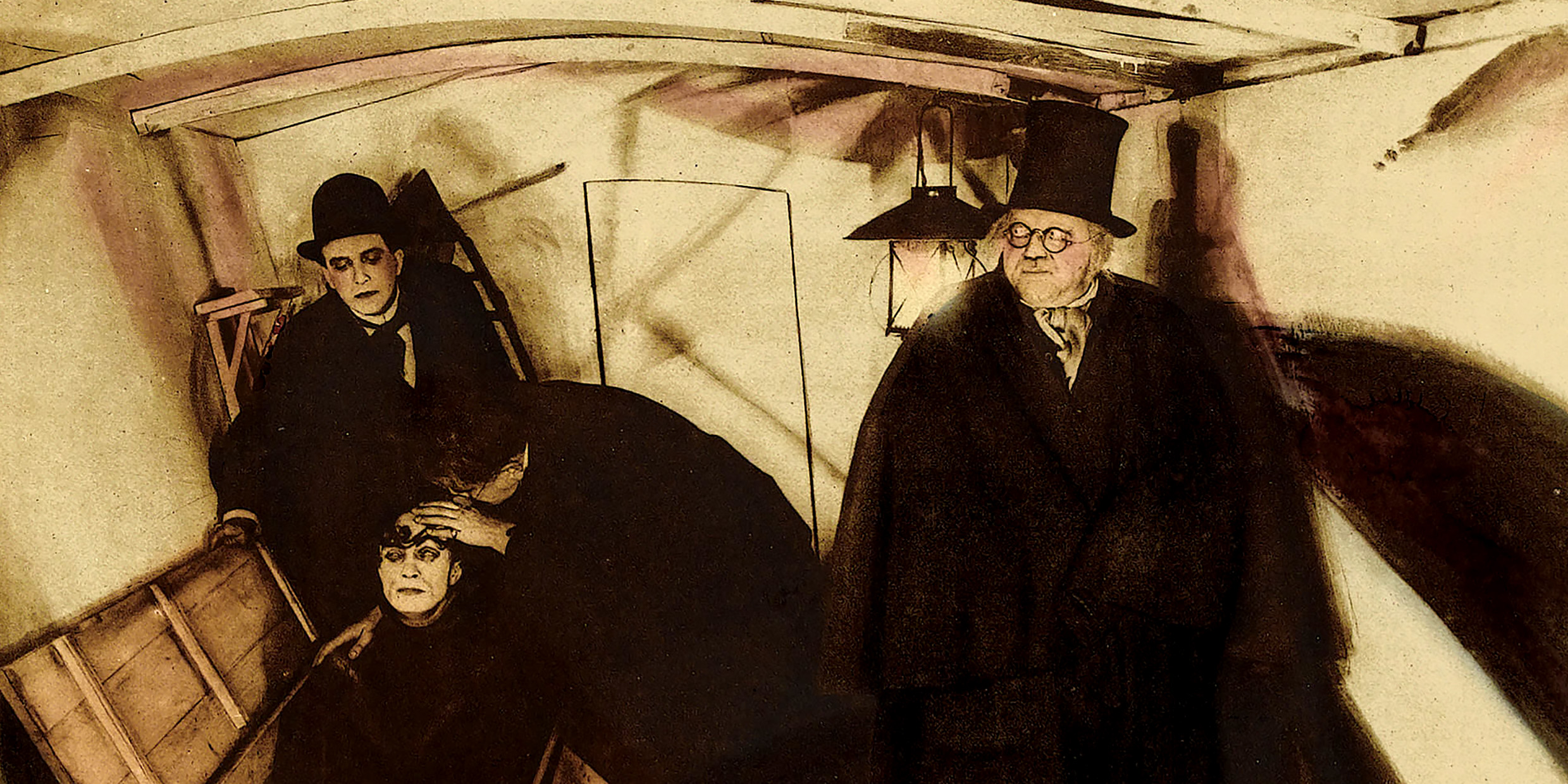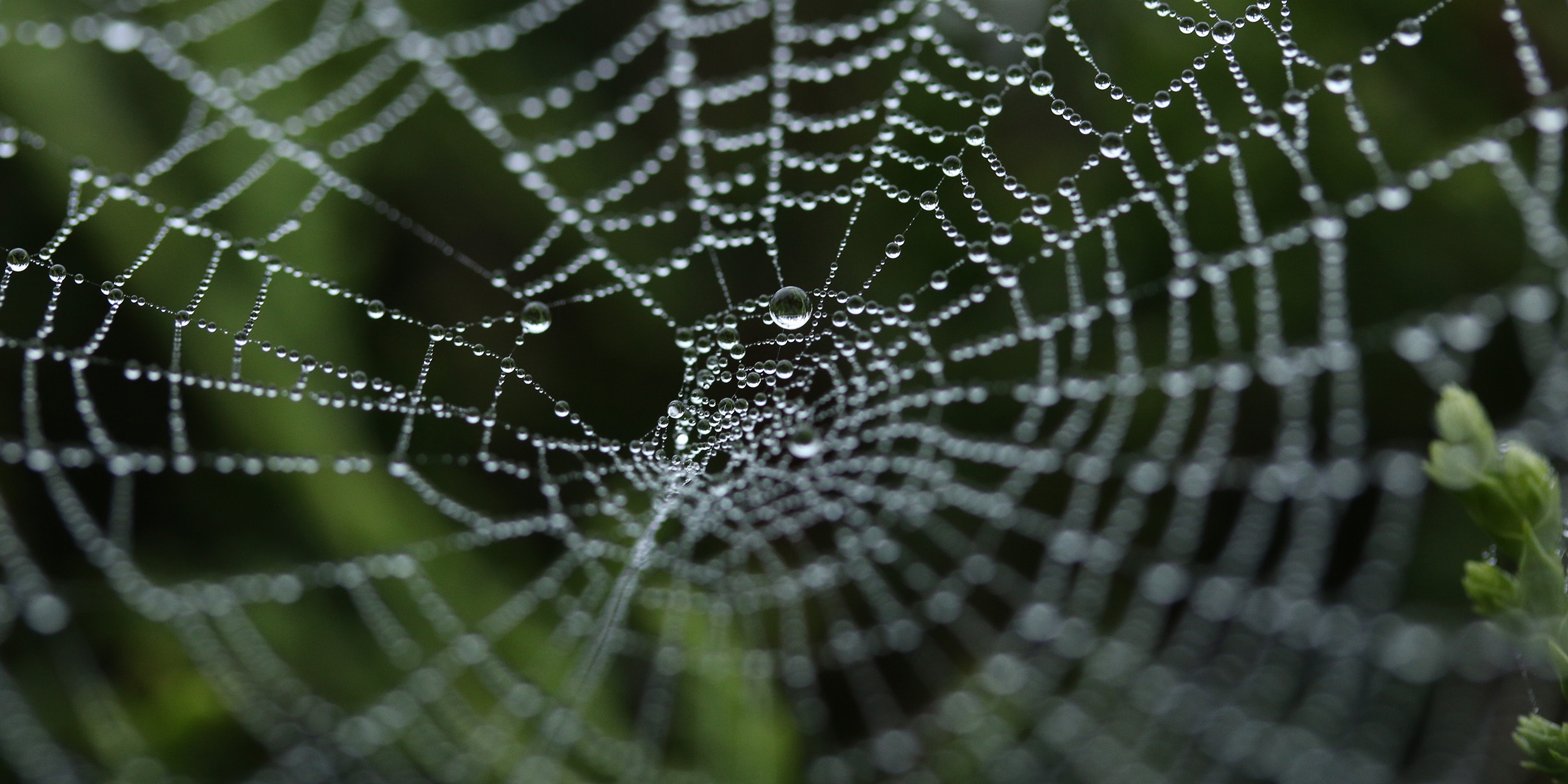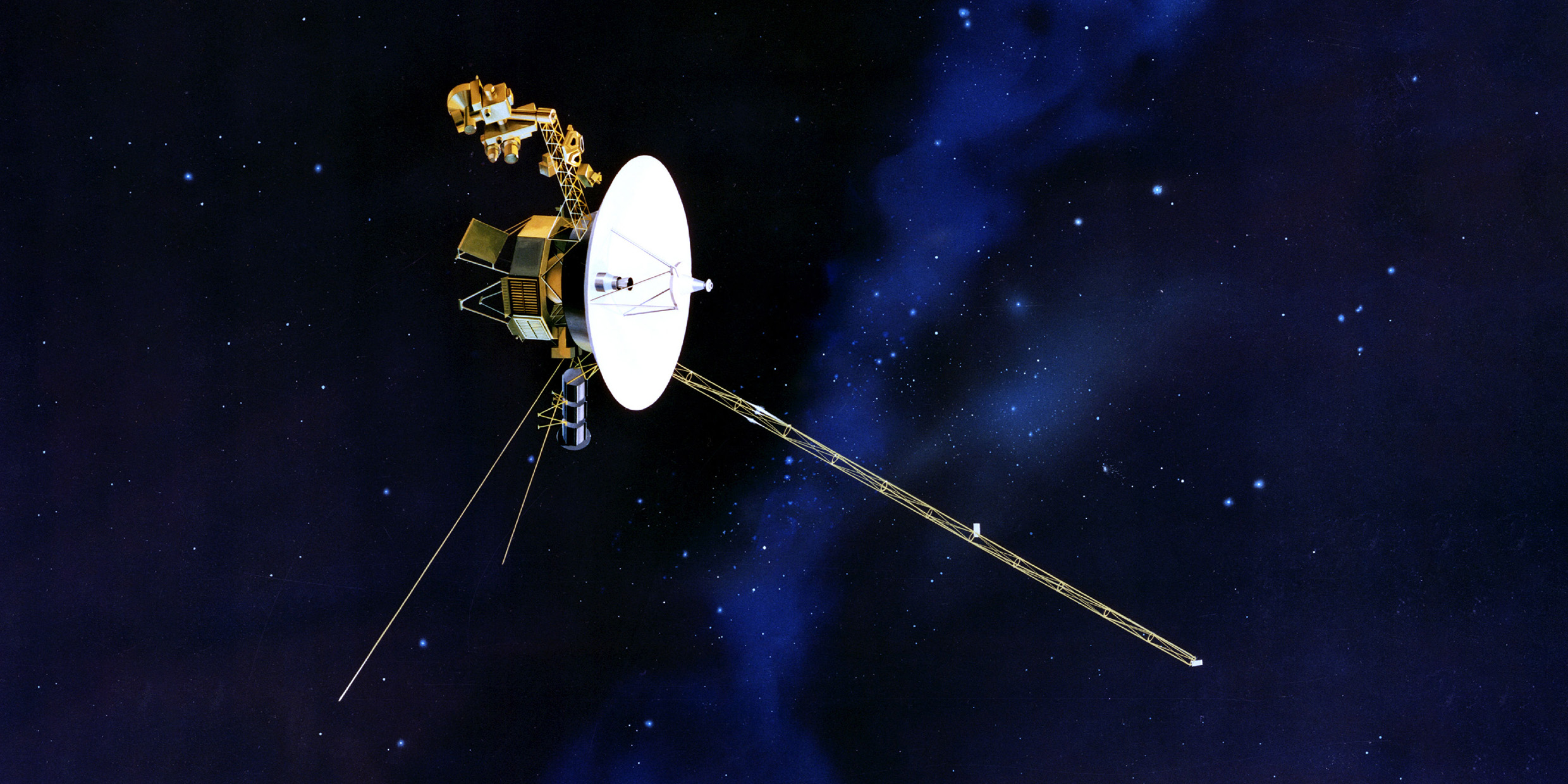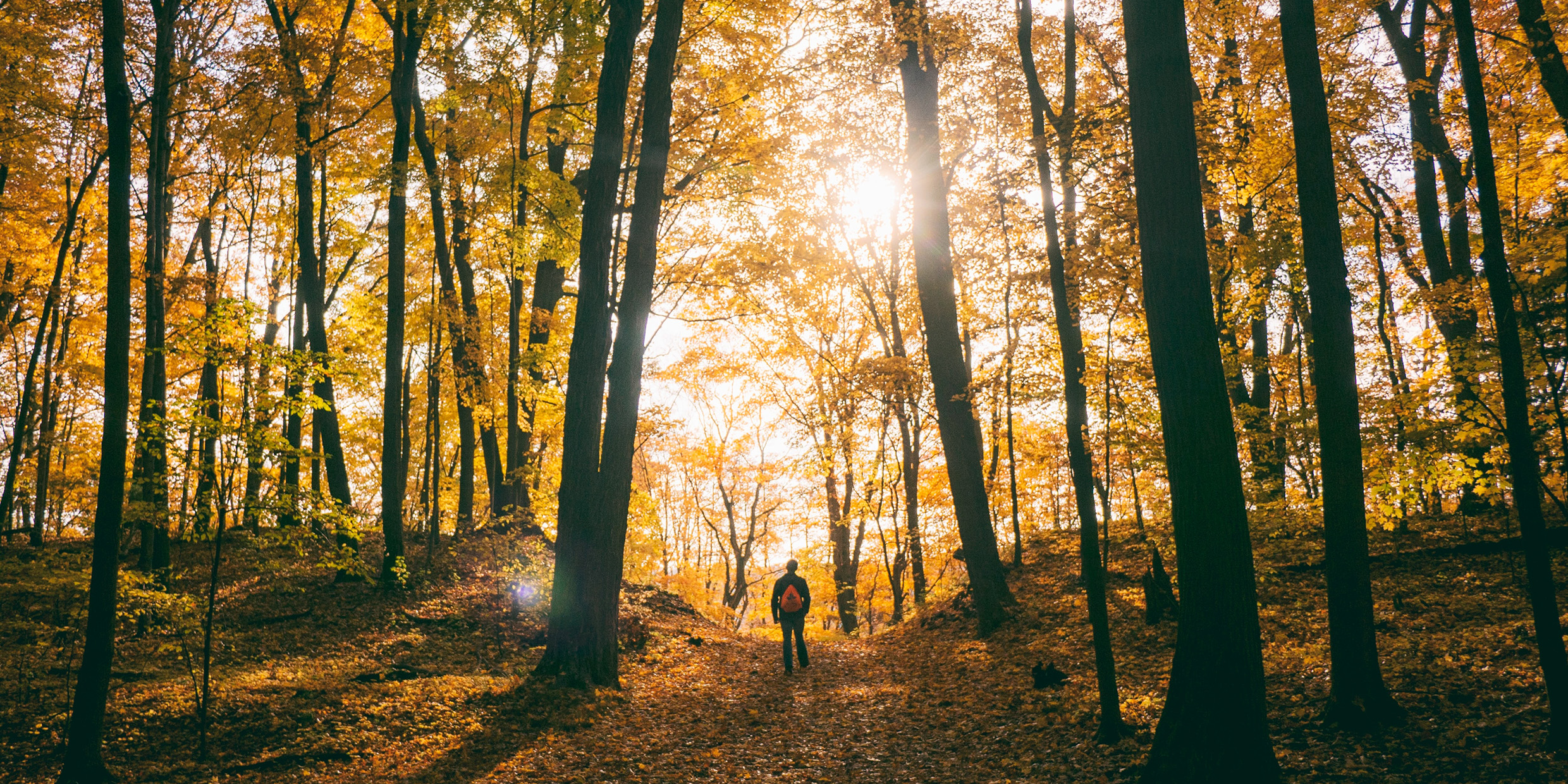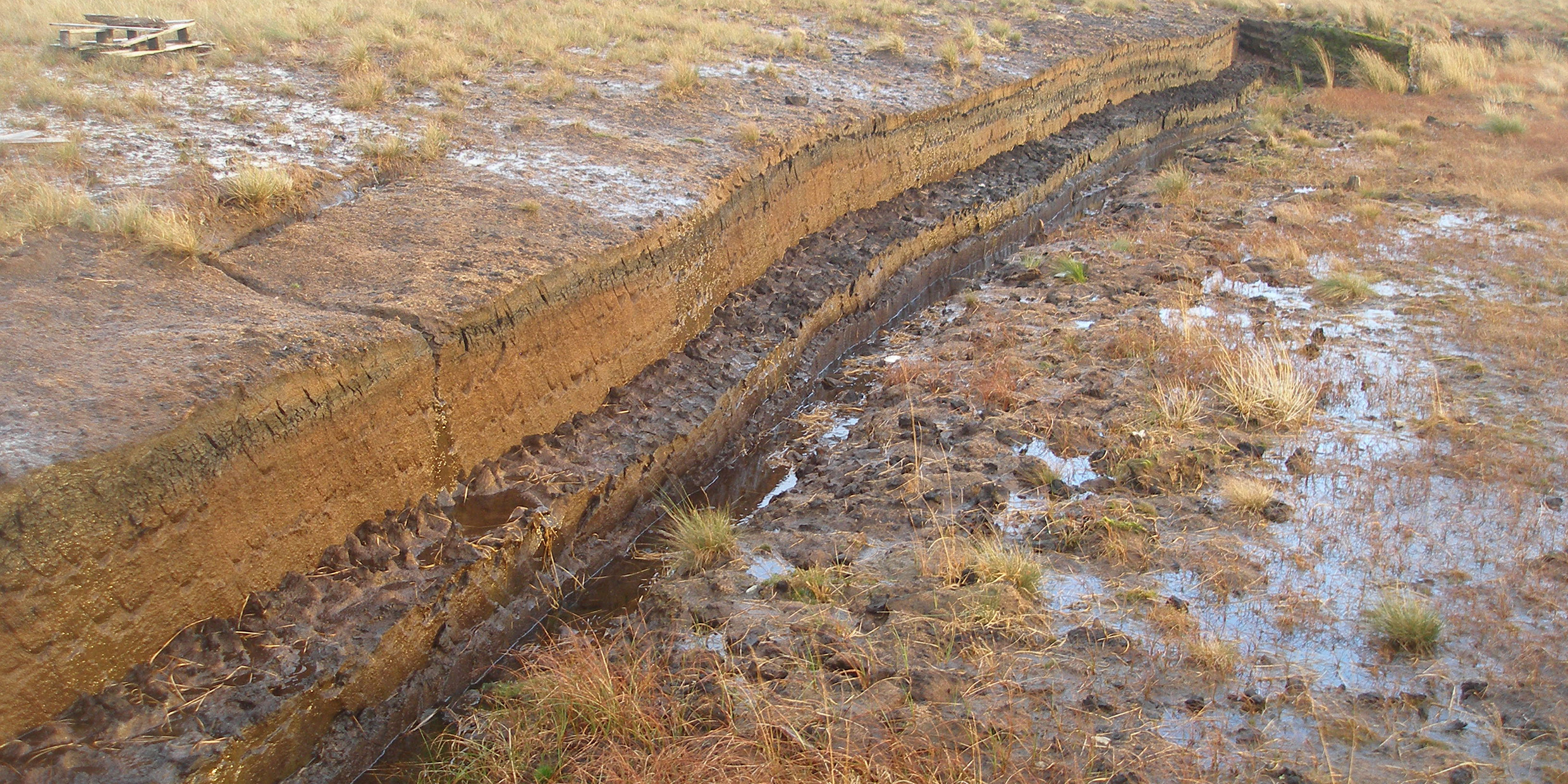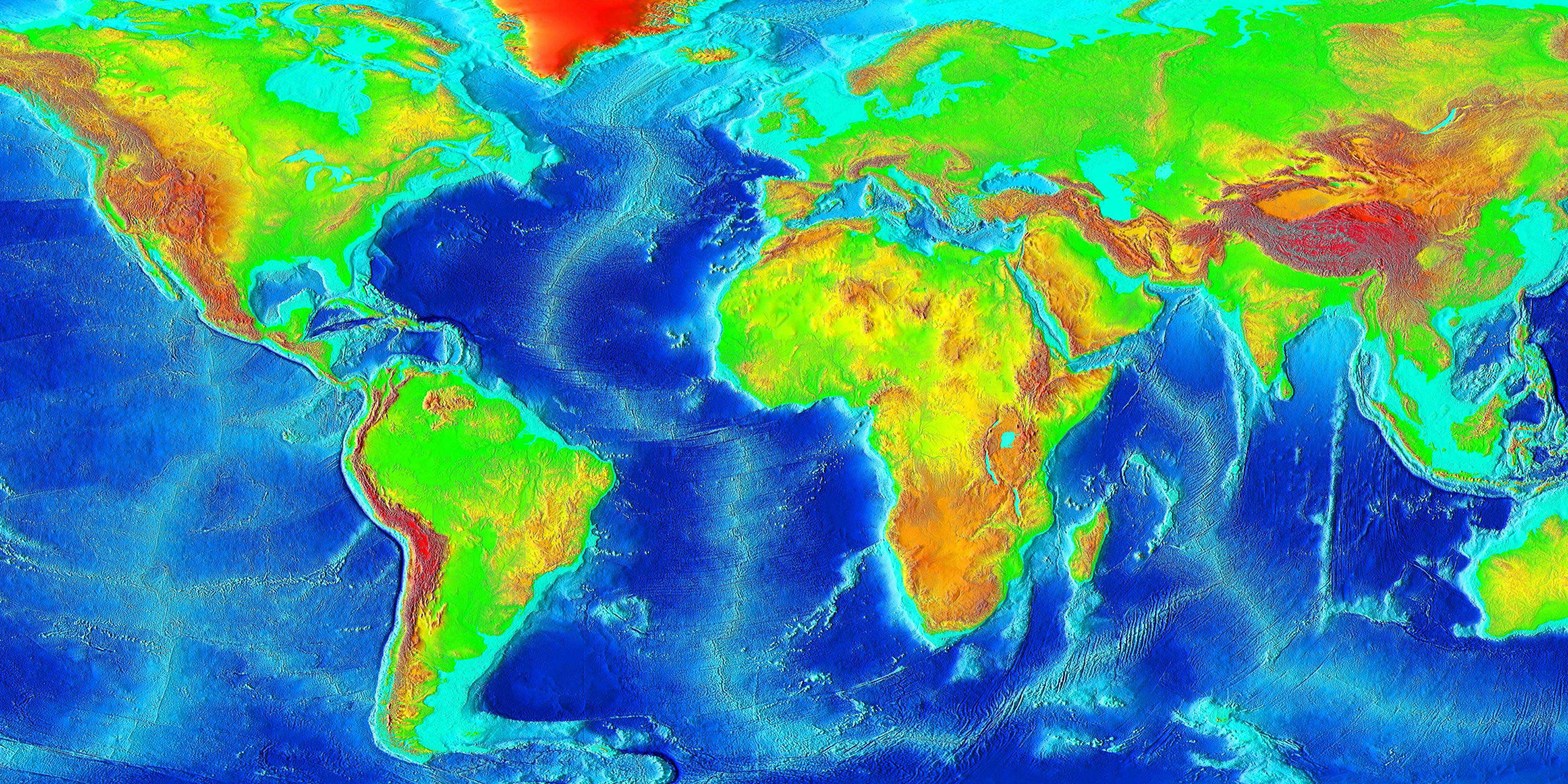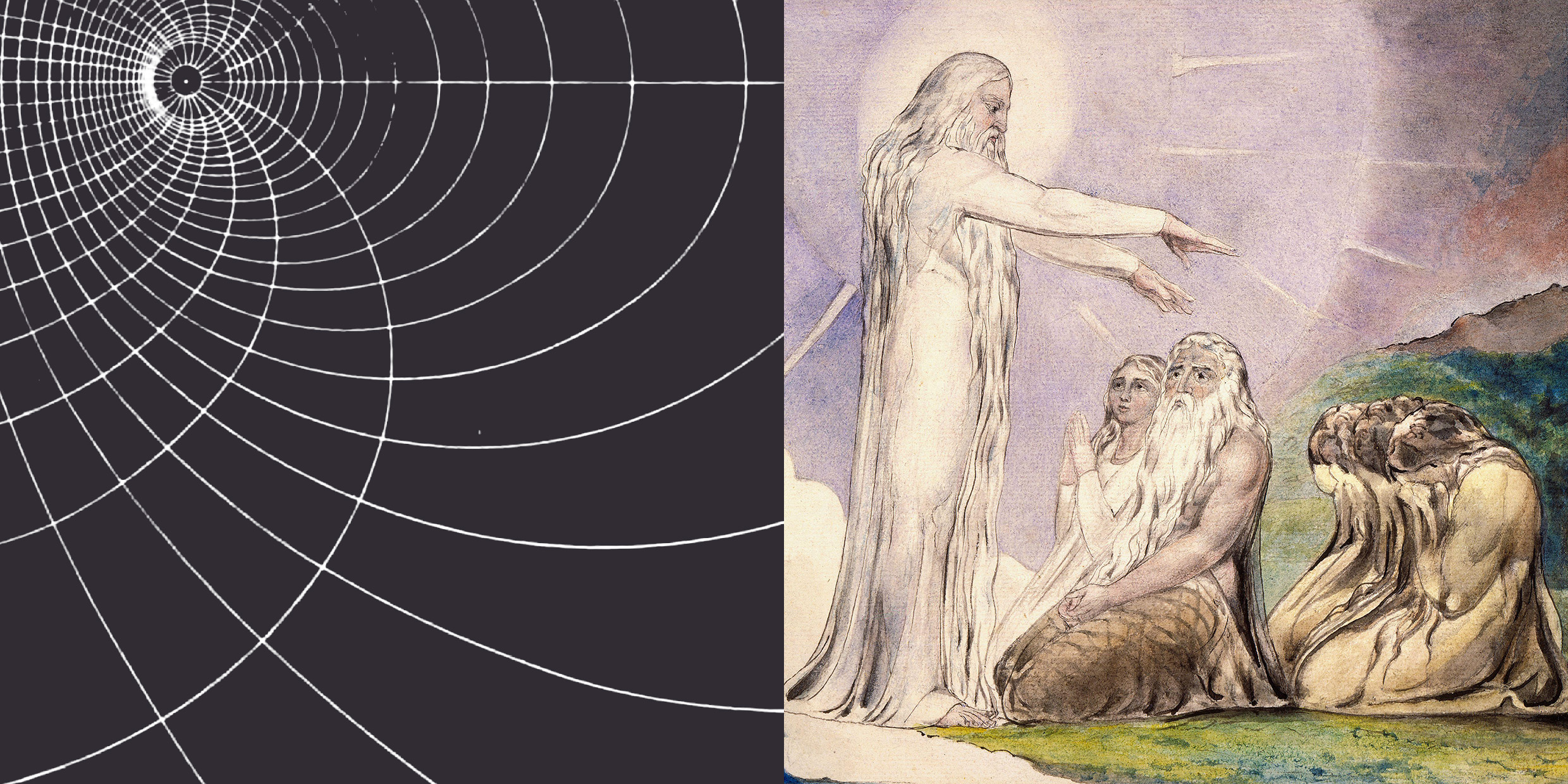This is the sad story of the great auk, a 2‑foot high flightless bird, the original “penguin,” now extinct. The events recounted here happened hundreds of years ago, but the great auk’s fate is a lesson for our time.
Articles with 1989
A vanished breed
Whatever became of the Mad Scientist? If you think there have been fewer Mad Scientists in the movies lately, you are right.
Silken snares
On crisp autumn mornings the meadow is a universe of galaxies: spider webs made visible by dew. Star-strung spirals suspended on glistening threads. Tangled silk mats in the grass. Silver funnels, with a spider waiting at each funnel’s black throat.
Warm and fuzzy
Religious fundamentalists in California have mounted yet another attack on the teaching of evolution in the schools. At issue is a proposed statewide textbook guideline that asserts “Like gravitation and electricity, evolution is a fact and a theory.”
Starflight
Plucky, lucky Voyager 2 is the little spacecraft that could.
Love and physics
It was an epic encounter. Shirley MacLaine, talented actress-turned-New Age guru, purveyor of inner bliss through the channeling of cosmic energy, meets Stephen Hawking, brilliant theoretical physicist and mathematician, whose body is totally disabled by motor neuron disease.
Buried in the bog
DINGLE, Ireland — They say it was one of the driest Irish summers in years, but on the Kerry hillside where I’ve been staying there’s water aplenty. It tumbles from the clouds. It hangs in the air. It seeps out of the ground. It glistens as dew. Around here it rains 250 days a year and the ground is never dry. Perfect conditions for a peat bog.
In 25 words or less
What is science?
A common soil
After the publication in 1959 of C. P. Snow’s The Two Cultures, it became fashionable to look for ways in which science and the humanities are interrelated. Usually this took the form of, ah, say, rooting out references to Renaissance astronomy in the poems of John Donne or to the Second Law of Thermodynamics in the novels of Thomas Pynchon.
The point of flies
Grab the swatter! Here comes Musca domestica, the common house fly. Cosmopolitan. Ubiquitous. From Polar Circles to the Equator. On every continent. The Typhoid Mary of the insect world. Irritating, filthy-footed, summertime pest.
